Dan Gurney Patents New "Moment Cancelling" Engine

With a resume as accomplished as Dan Gurney has, he would be well within his rights to retire to a life of leisure. The man is 84 years old, after all. However, Gurney stays busy at his All American Racers shop in Santa Ana, California and he recently announced that he’s been granted a United States patent on what he calls the “moment cancelling” engine.
Gurney claims that by using two transversely oriented, counter-rotating crankshafts, the vibrations inherent in reciprocating piston engines will be reduced and reliability and efficiency will be improved, along with what he says will be turbine smoothness.
In its most basic form in a two-cylinder engine, each piston’s connecting rod spins it’s own crankshaft, with the two cranks spinning in opposite directions, cancelling out forces that would normally cause the engine to shake. Gears are used to combine and take power from the two crankshafts. Multiple cylinder engines are also possible, with the odd numbered pistons connected to one crankshaft and the even numbered pistons connected to the other.
Gurney says that the engine design has exceeded expectations when simulated in the digital domain and that he expects to have a physical prototype — an 1,800cc vertical twin — running by the end of this year. There’s a website, momentcancelling.com, describing the project, where you can peruse the simulation data and read about Gurney’s enthusiasm for the engine. The patent is and you can read it here. Mr. Gurney says that the new motor would be suitable for most current motorcycle and automotive applications.
Interestingly, Gurney points out how power output was relatively low on the design brief’s priority list. The primary goal of the moment cancelling engine, according to its inventor, is smoothness, simplicity and compactness.
Ronnie Schreiber edits Cars In Depth, a realistic perspective on cars & car culture and the original 3D car site. If you found this post worthwhile, you can get a parallax view at Cars In Depth. If the 3D thing freaks you out, don’t worry, all the photo and video players in use at the site have mono options. Thanks for reading – RJS

Ronnie Schreiber edits Cars In Depth, the original 3D car site.
More by Ronnie Schreiber
Latest Car Reviews
Read moreLatest Product Reviews
Read moreRecent Comments
- Corey Lewis It's not competitive against others in the class, as my review discussed. https://www.thetruthaboutcars.com/cars/chevrolet/rental-review-the-2023-chevrolet-malibu-last-domestic-midsize-standing-44502760
- Turbo Is Black Magic My wife had one of these back in 06, did a ton of work to it… supercharger, full exhaust, full suspension.. it was a blast to drive even though it was still hilariously slow. Great for drive in nights, open the hatch fold the seats flat and just relax.Also this thing is a great example of how far we have come in crash safety even since just 2005… go look at these old crash tests now and I cringe at what a modern electric tank would do to this thing.
- MaintenanceCosts Whenever the topic of the xB comes up…Me: "The style is fun. The combination of the box shape and the aggressive detailing is very JDM."Wife: "Those are ghetto."Me: "They're smaller than a Corolla outside and have the space of a RAV4 inside."Wife: "Those are ghetto."Me: "They're kind of fun to drive with a stick."Wife: "Those are ghetto."It's one of a few cars (including its fellow box, the Ford Flex) on which we will just never see eye to eye.
- Oberkanone The alternative is a more expensive SUV. Yes, it will be missed.
- Ajla I did like this one.

















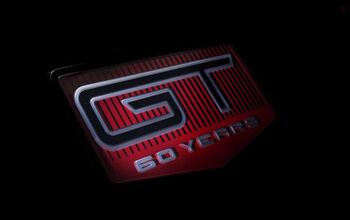
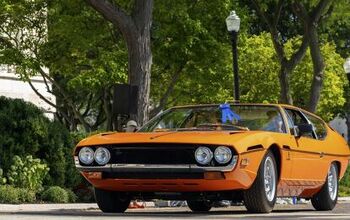
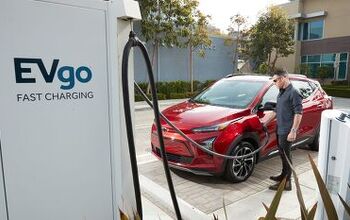

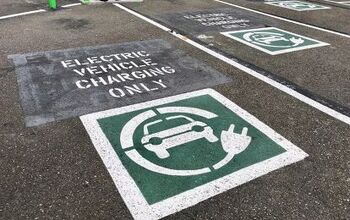
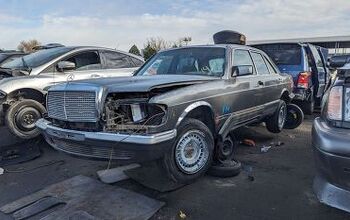


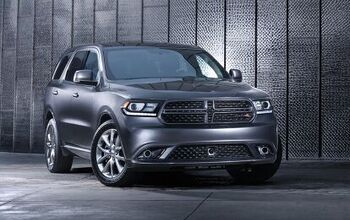


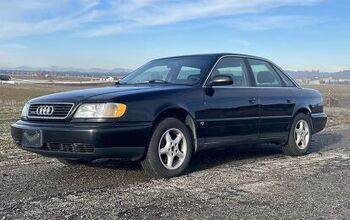

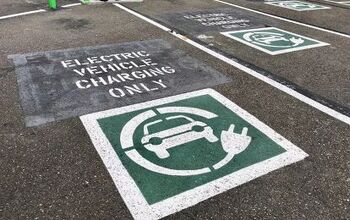

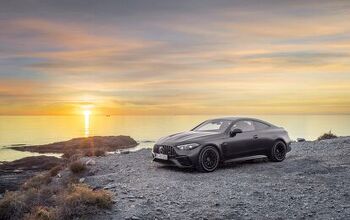
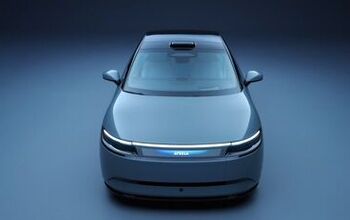
Comments
Join the conversation
Companies like Capstone Turbine are better positioned to capture the generator market. Very smooth, very efficient in their sweet spot, and reasonably accommodating towards different fuel types
http://www.motorcyclespecs.co.za/model/kawasaki/kawasaki_kr250%2084.htm The kawasaki kr 250 use a similar concept?